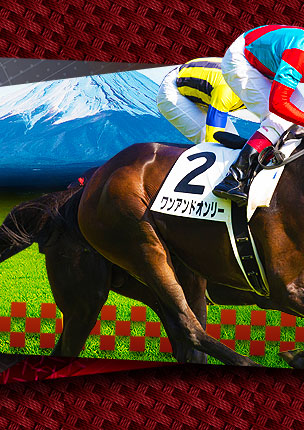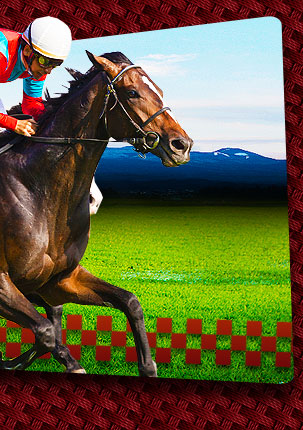Japan Horseracing History
The history of horseracing in Japan can be traced to the beginning of the eighth century.
Originally held as a religious ceremony for the Imperial Court, horseracing flourished and spread throughout the country, to the point where races were held at nearly all major shrines and temples.
These events between the samurai of that time attracted countless fans among the commoners and began to appear frequently in the historical journals and literature of that era. Every year since then, horseracing has been held each May at the Kamigamo Shrine in Kyoto.
Its style and tradition have remained nearly intact since the 11th century, lasting through the aristocratic and feudal eras of Japan, for more than 800 years.
In 1861, when Japan was about to move from the feudal system into the Meiji Restoration, foreign residents living in Yokohama, predominantly British, introduced the first Western-style horseracing by establishing the Yokohama Race Club to Japan.
Western style horseracing was held in foreign enclaves, and hence, unfortunately, very little is known or recorded about initial era in Japan's modern horseracing history.
At about the same time that the name of the Japanese central city was changed from Edo to Tokyo, Western-style horseracing began to be found in the major metropolitan cities across the country.
In 1906, the government embarked on a policy which tacitly allowed to bet. This led to the introduction of modern horseracing featuring sales of betting tickets in Tokyo, Kyoto, Osaka and other metropolitan cities, from which most racing operations benefited.
However, this profitable system was short lived; two years later, the government prohibited betting and instituted a system of paying direct subsidies for prize money and other horseracing expenses.
During this subsequent period of government-subsidized horseracing, prominent legislators, businessmen, as well as breeders, began active efforts to introduce a horseracing law.
Eventually the government began to take proactive position to promote horseracing in order to expand breeding in Japan and to improve quality of the Japanese horses.
In 1923, horseracing legislation, so greatly desired by the horseracing industry, was enacted and led to the formation of 11racing clubs. Horseracing accompanied by the legal sale of betting tickets was thus established.
Shortly thereafter, the Imperial Racing Society was established as a horseracing authority of 11 racing clubs, and was responsible for the rules of racing, which served as a model for the rules of the individual racing clubs.
The Imperial Racing Society defined the registration of racing colors, the education of trainers, and the licensing of jockeys, among its other horseracing functions.
The Horseracing Law underwent a major revision in 1936, which saw the formation of the Japan Racing Society which legally merged the 11 racing clubs and the Imperial Racing Society in their entirety, including their facilities and horseracing functions.
This reform brought favorable account on the horseracing in Japan, constituting the Japanese Derby as well as other classic races, along with a complete change and improvement in horseracing in Japan.
There were also dramatic increases in the turnover as well as attendance, marking the birth of modern horseracing in Japan as it exists today.
In 1941 SAINT LITE became the first Triple Crown winner in Japan. However, during the latter part of World War II, the racecourses were forced to suspend operations and the most historic of the modern racecourses, Yokohama, was commanded by the government for military use.
The termination of hostilities saw an immediate resumption of horseracing, when in 1946, Tokyo and Kyoto began holding race meetings. Also, 1947 brought a new type of betting 'quinella' for the first time in Japan.
In 1948, a new Horseracing Law was introduced, whereby the Japan Racing Society was abolished and under the new law, the government (the Ministry of Agriculture and Forestry) took total control of horseracing.
Although this 'government horseracing' continued much the same as before, the turnover did not increase throughout this extremely difficult period. In 1954, the Horseracing Law was amended again, to enact the Japan Racing Association Law.
This established the Japan Racing Association, or as it is now known as JRA, which took over the entire horseracing functions and operations of government horseracing. These laws not only provided for 'national racing' in Japan, but also for the legalization and operation of 'regional public racing' as a separate system to that of national racing.



